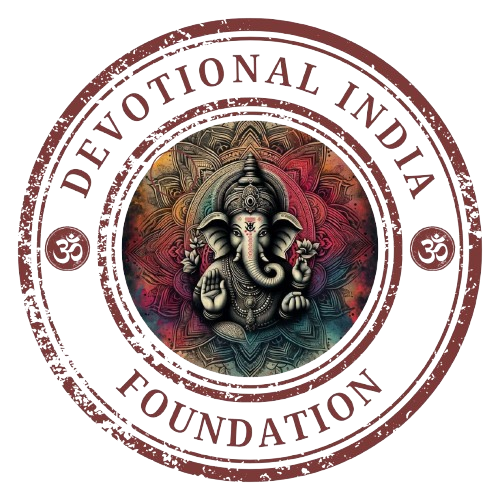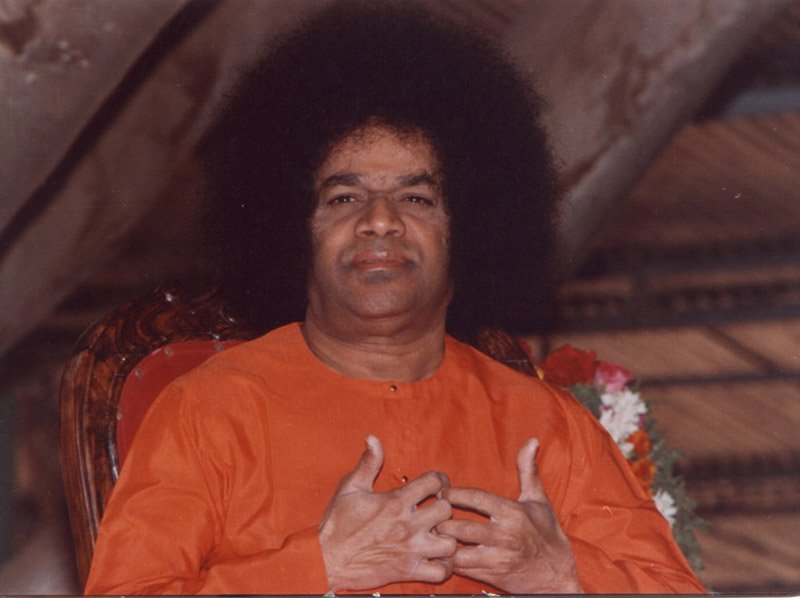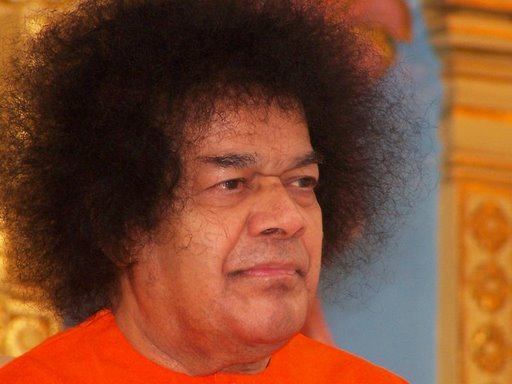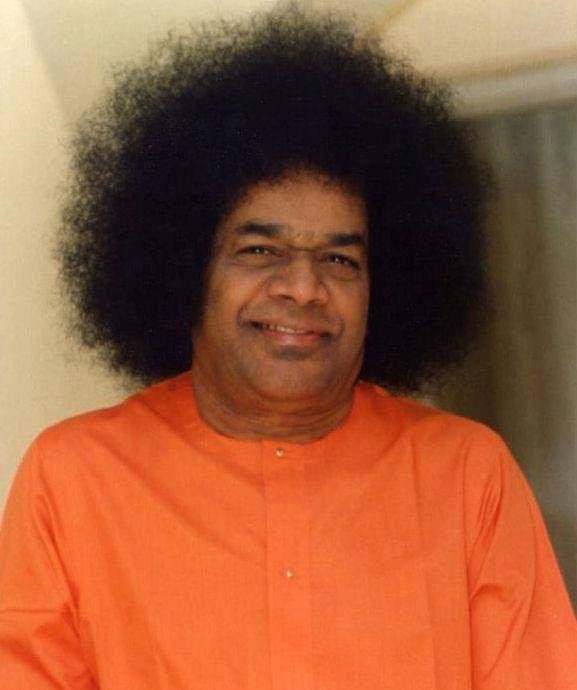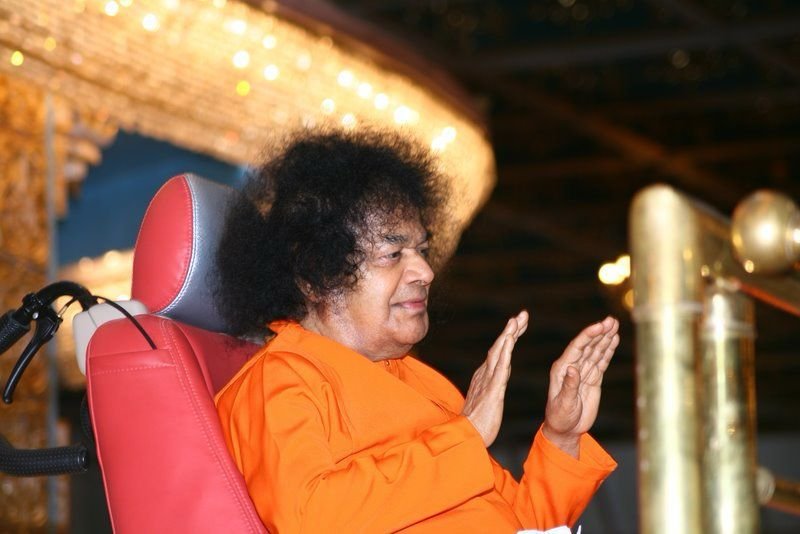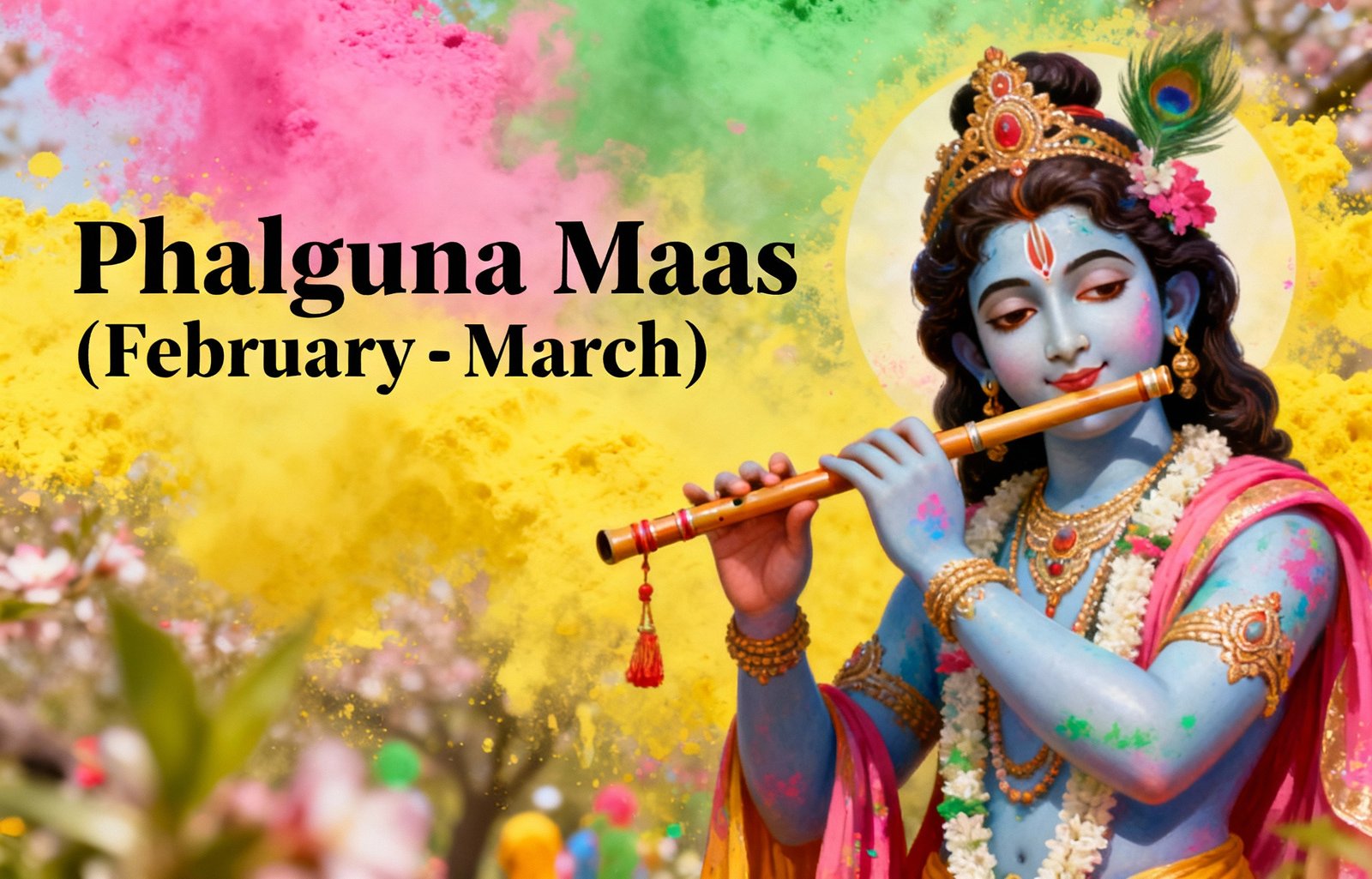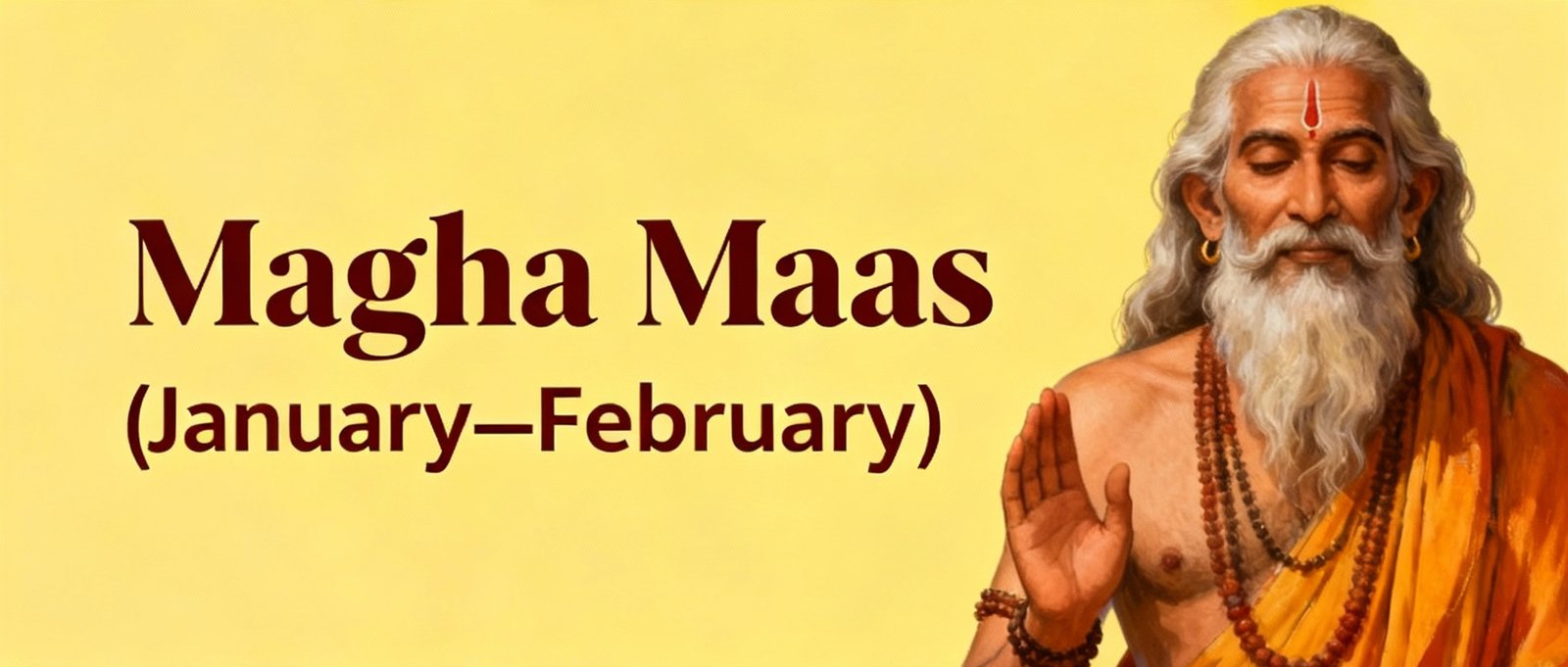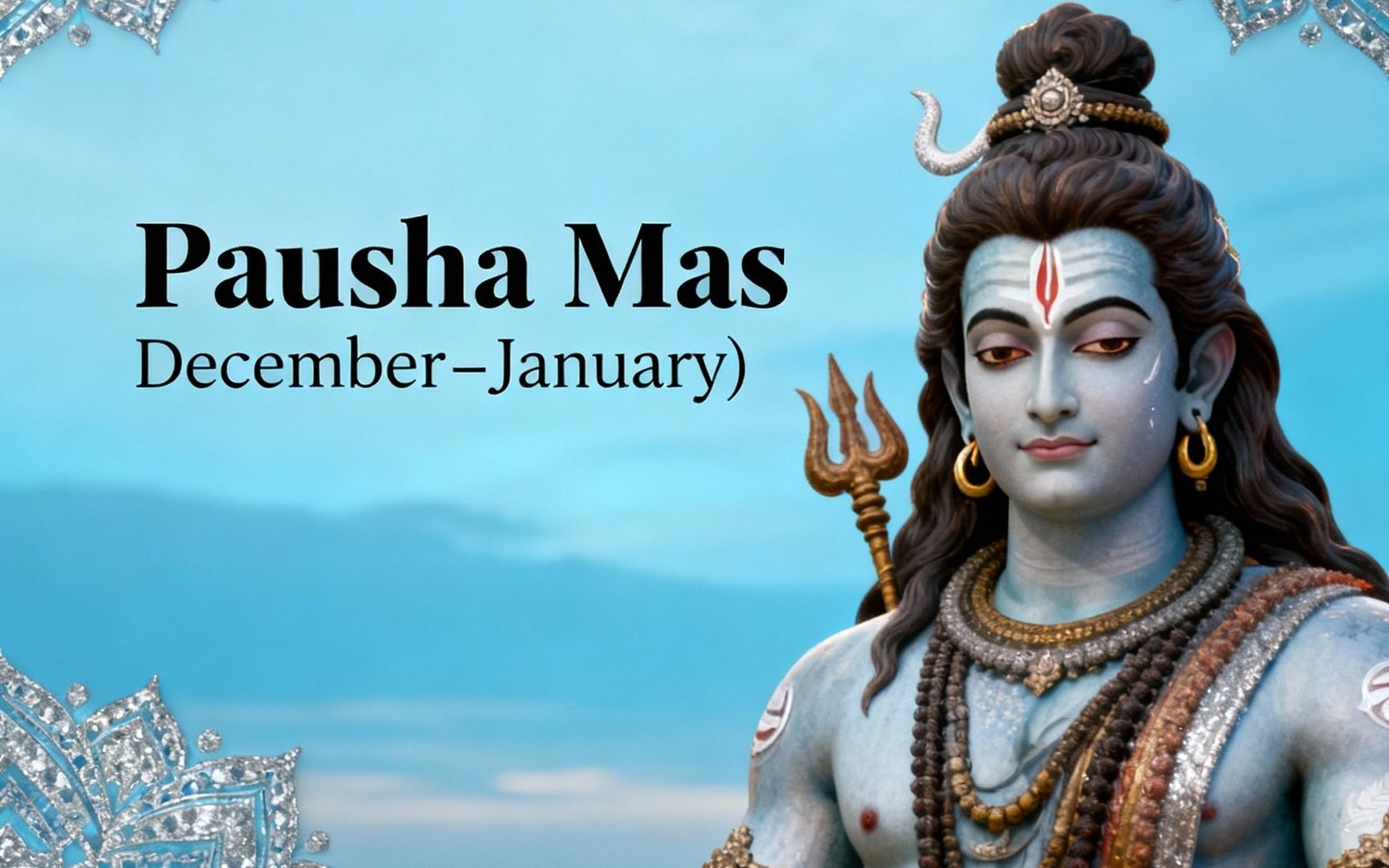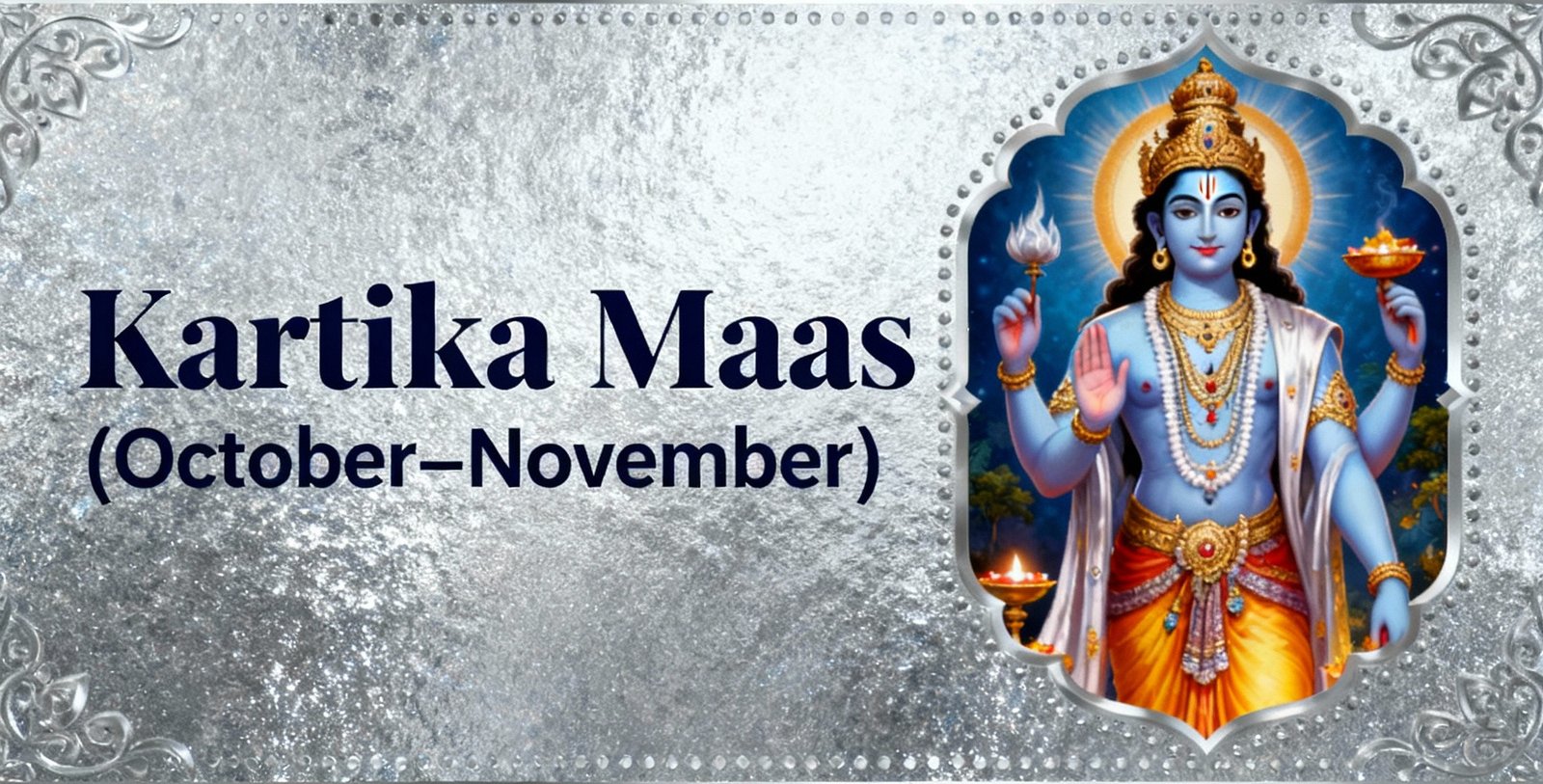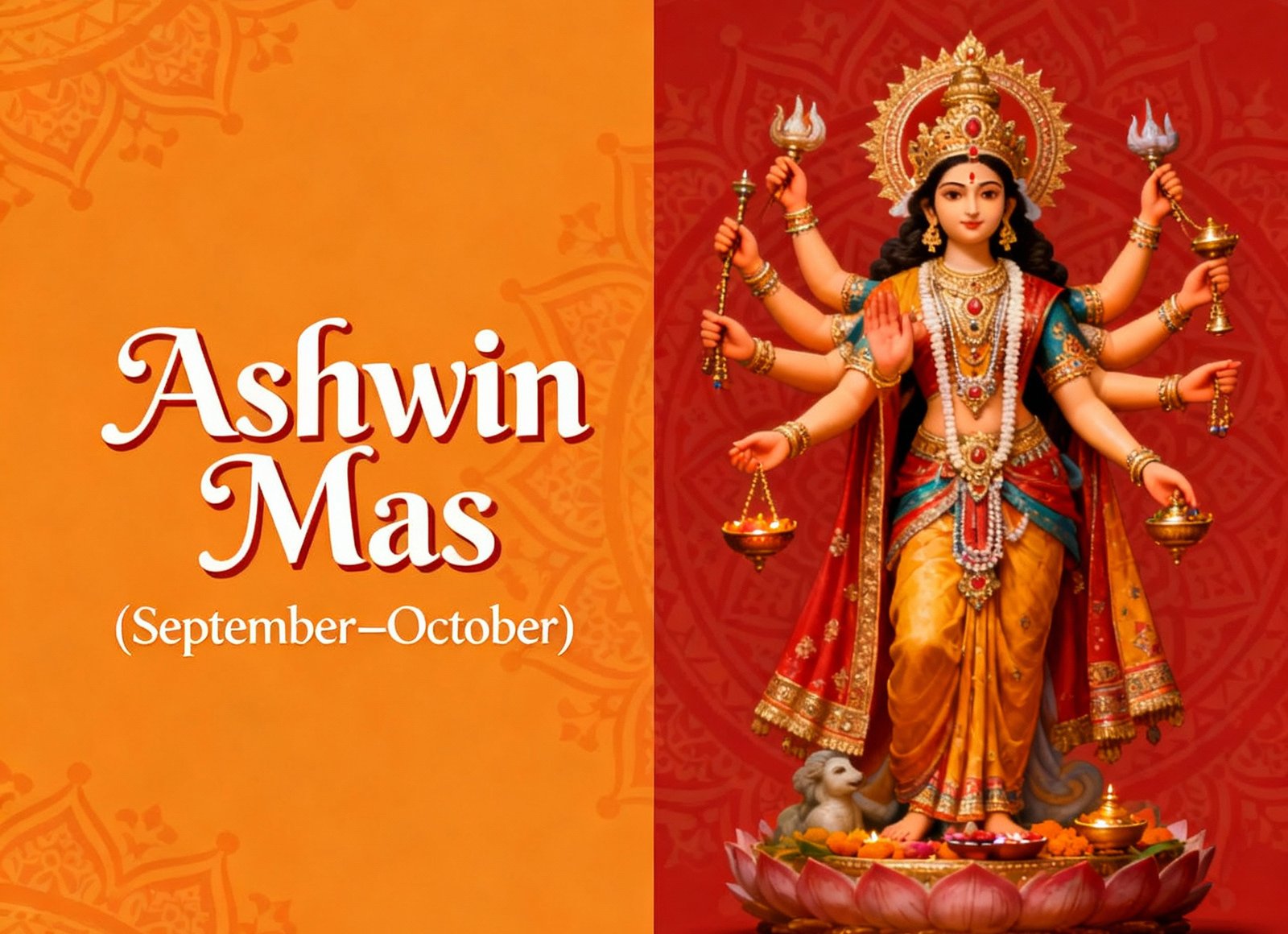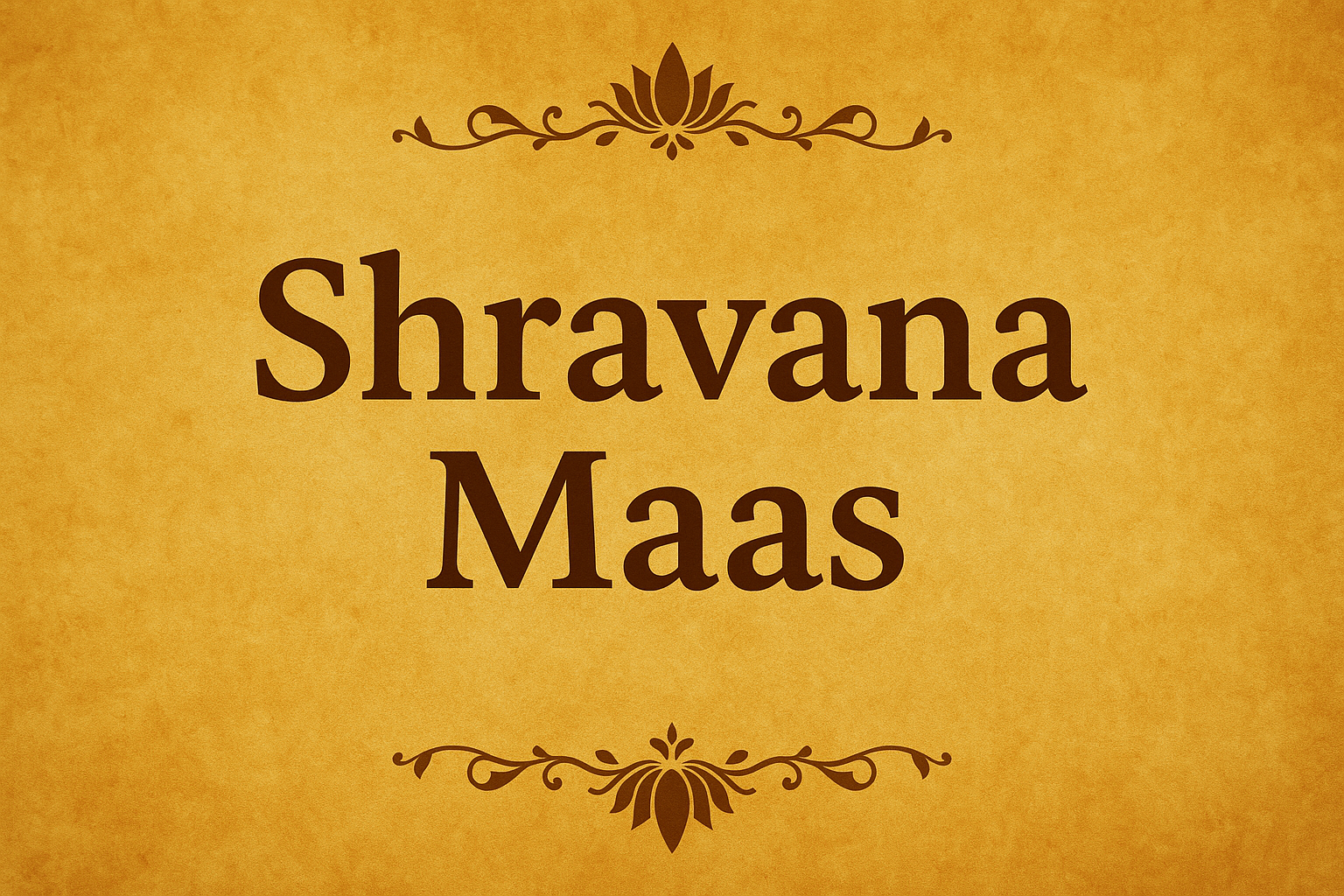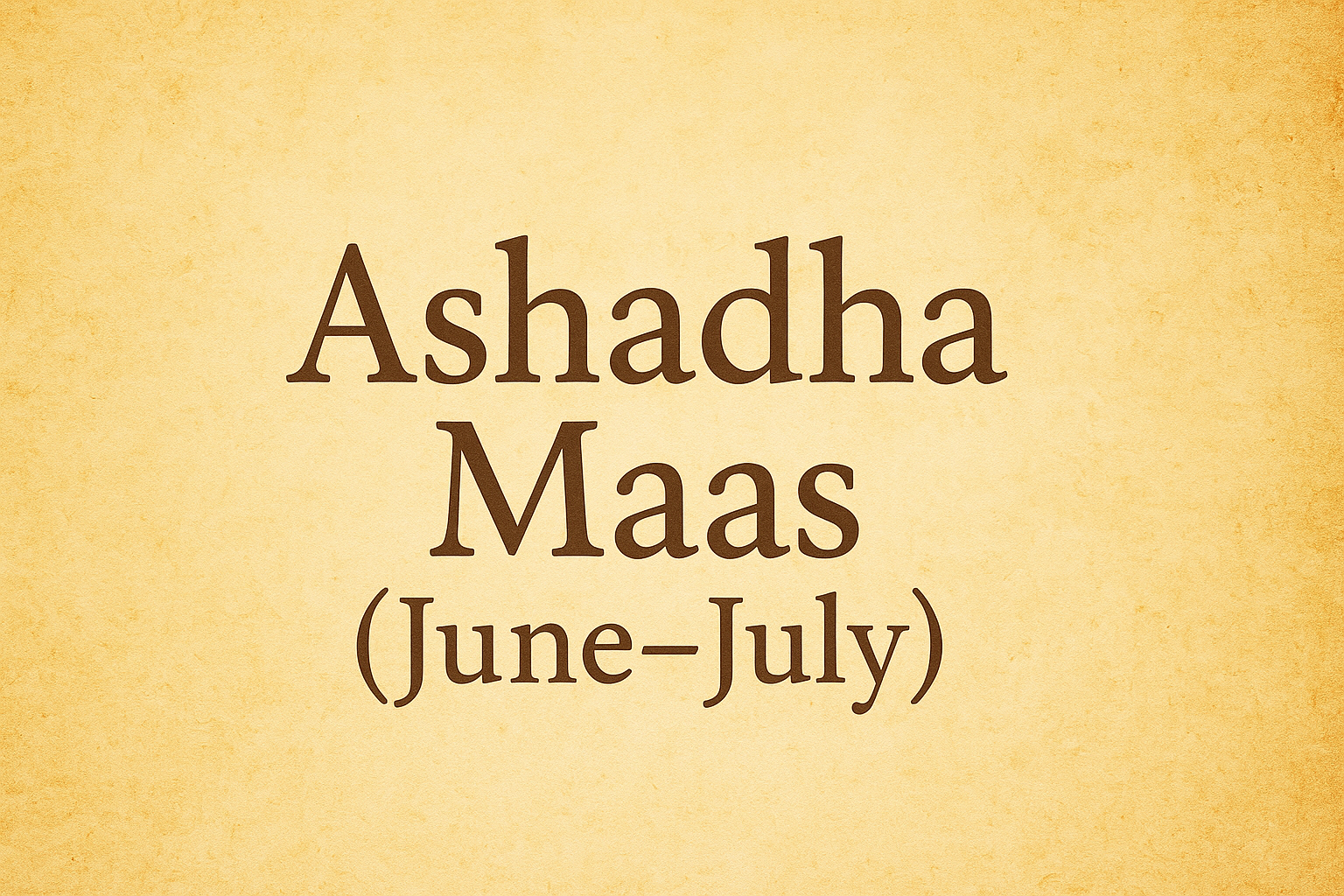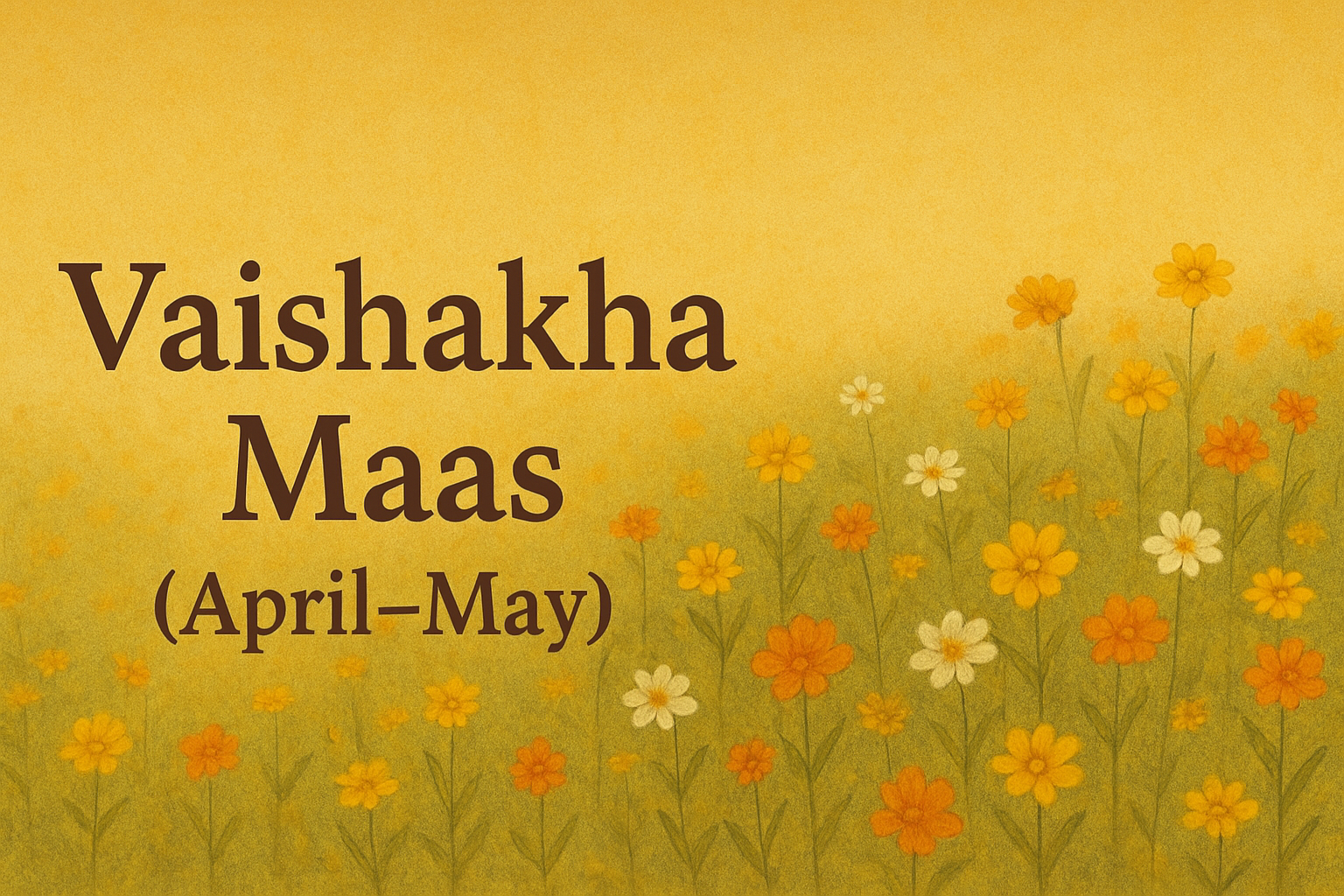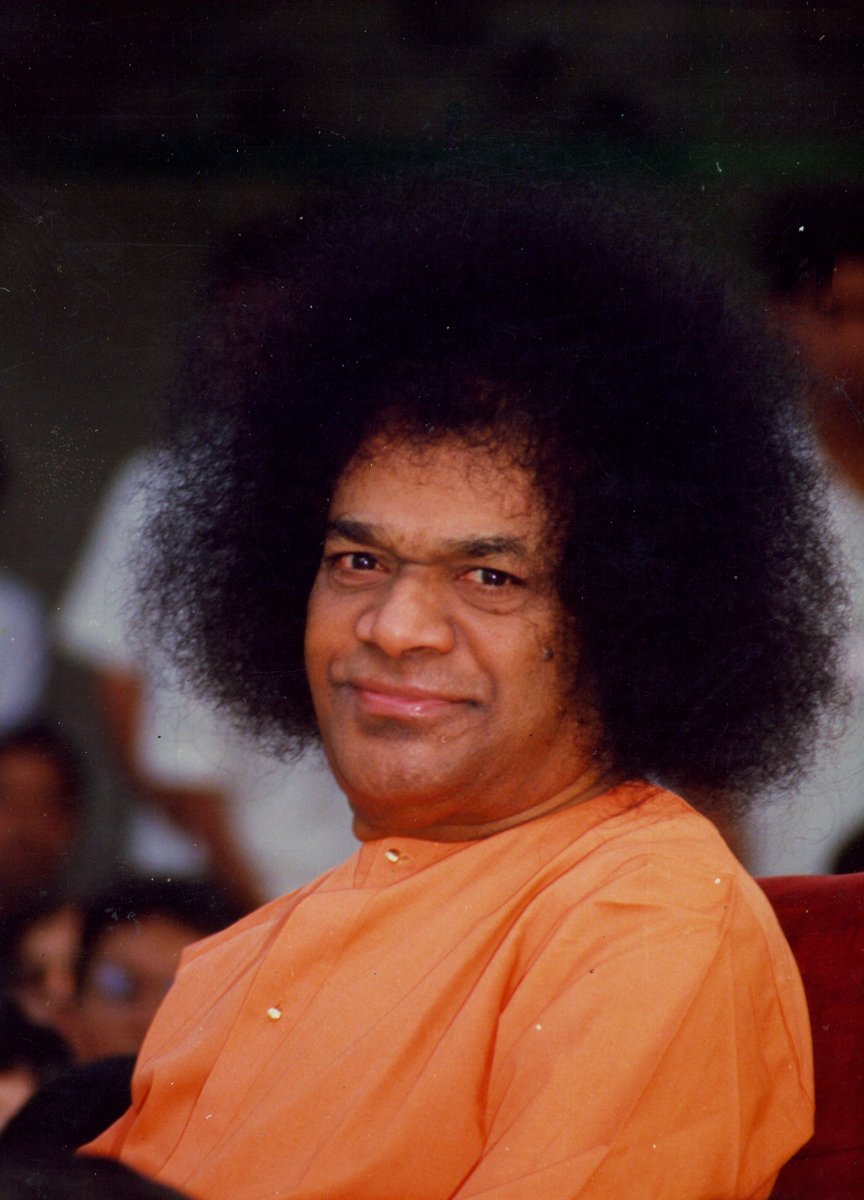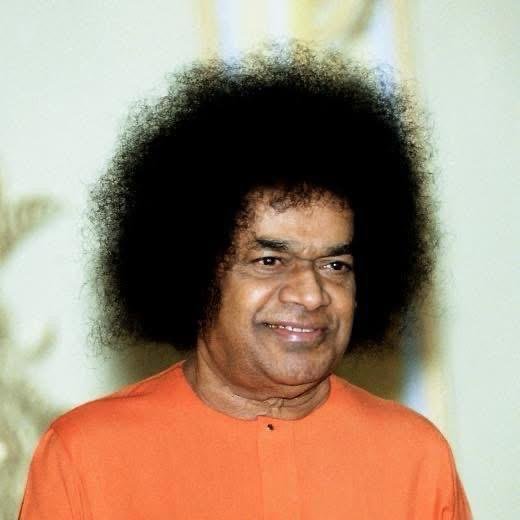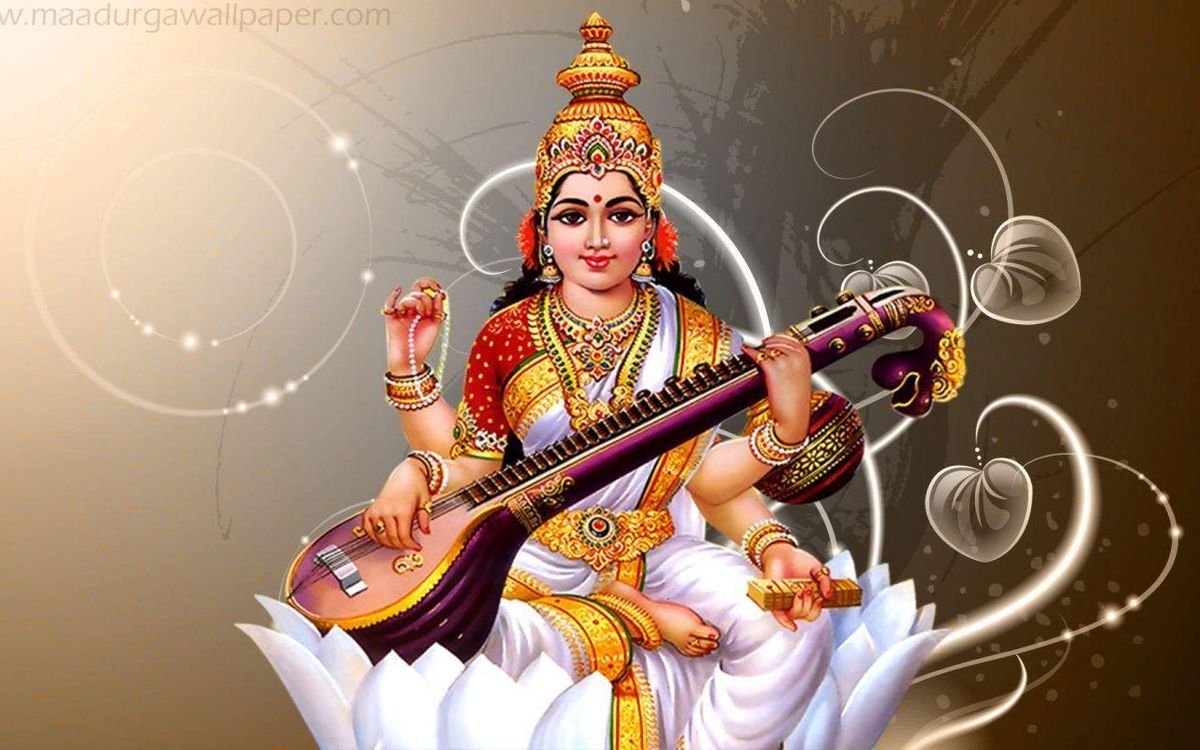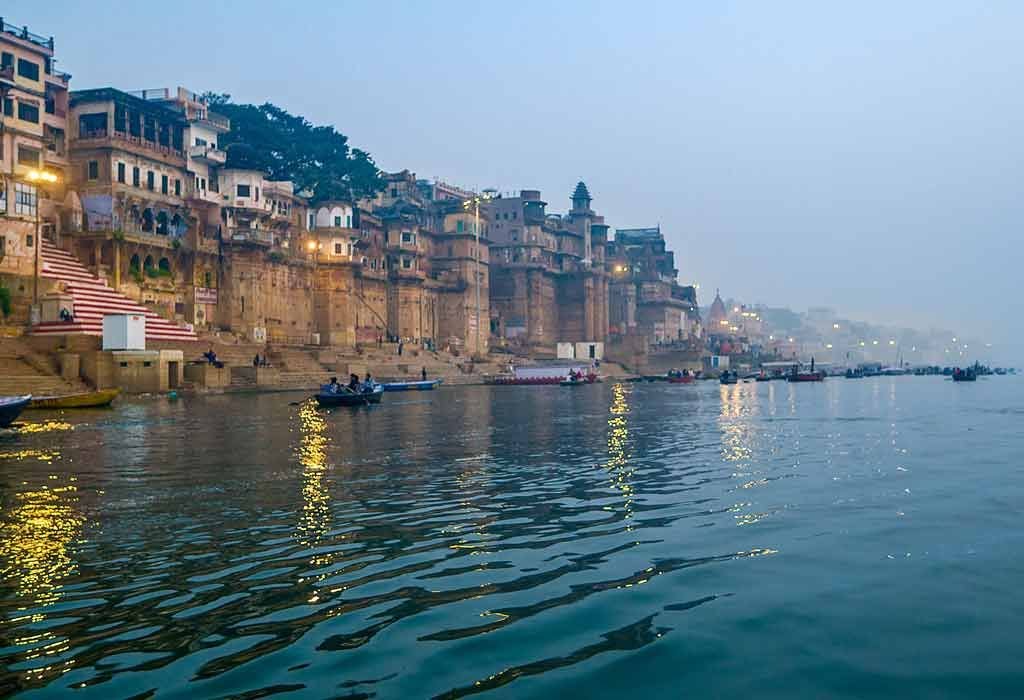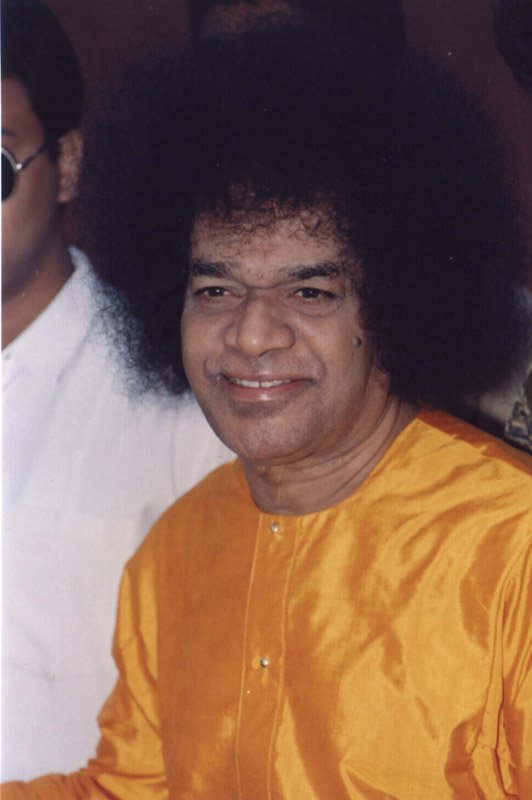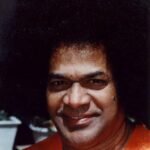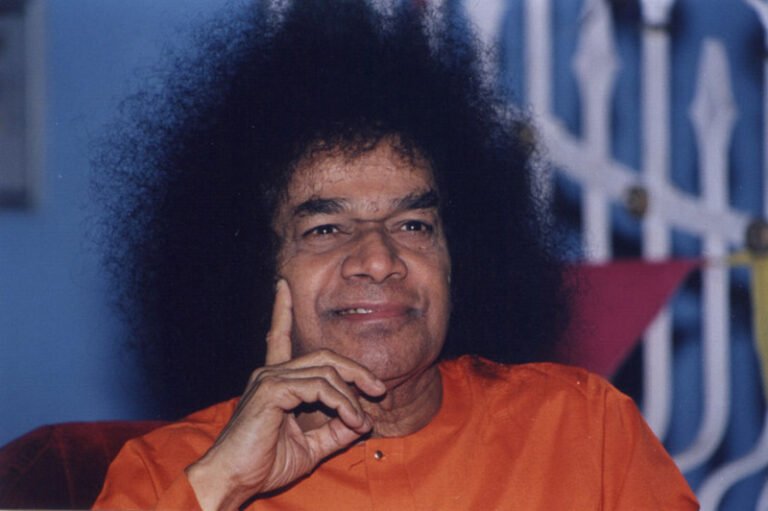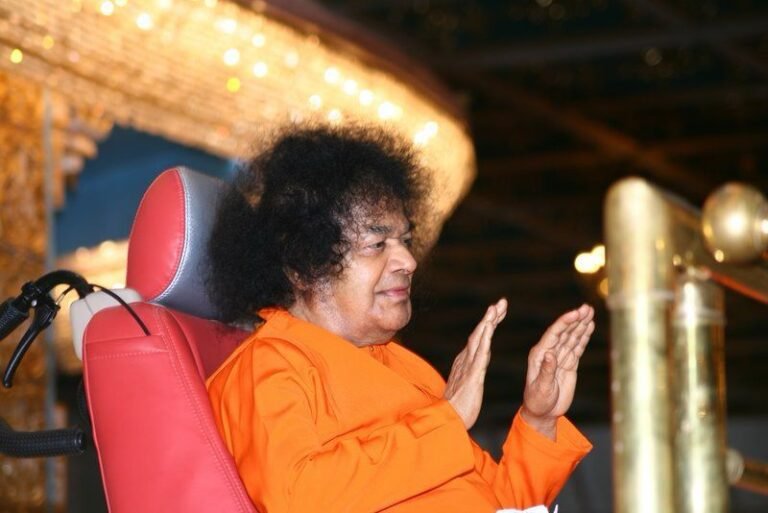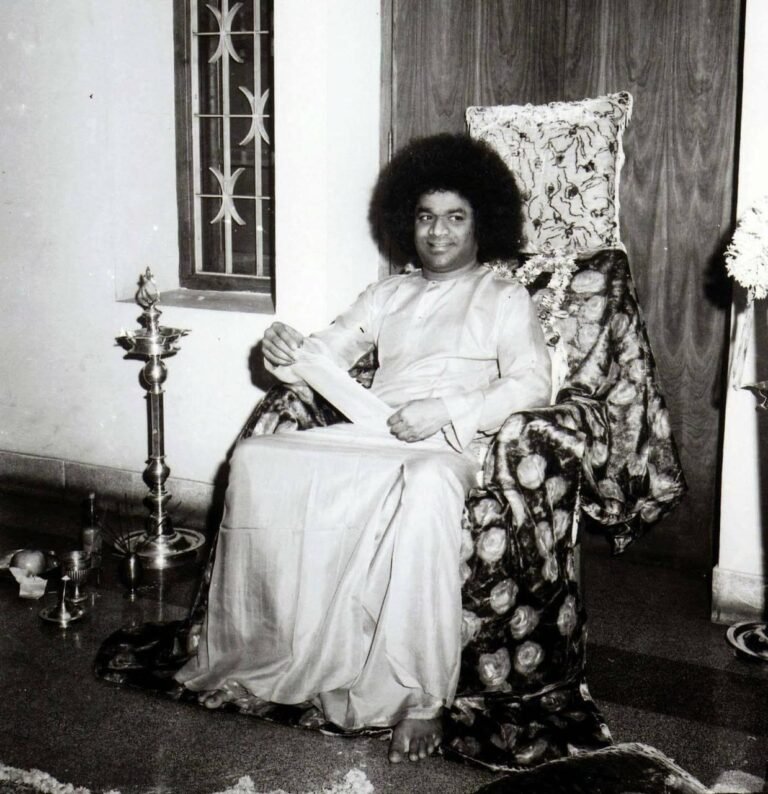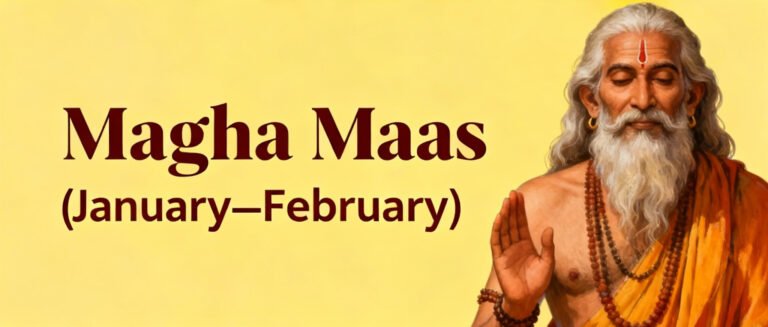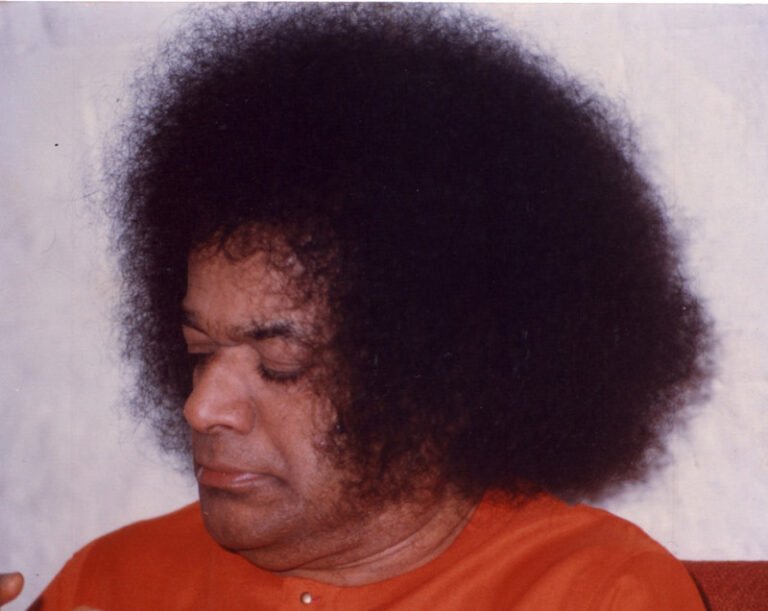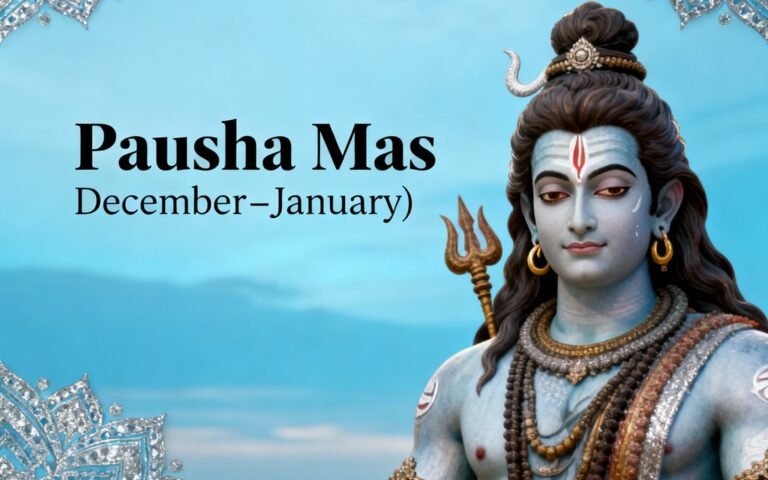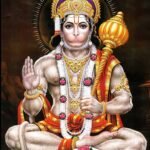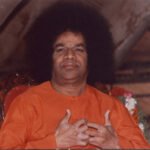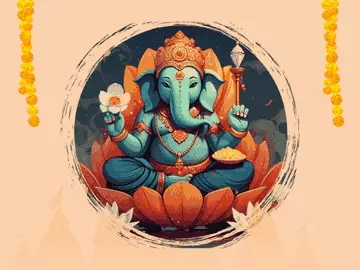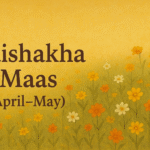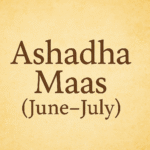Margashirsha (NovemberтАУDecember)
Ekadashi In The Month Margashirsha (NovemberтАУDecember)
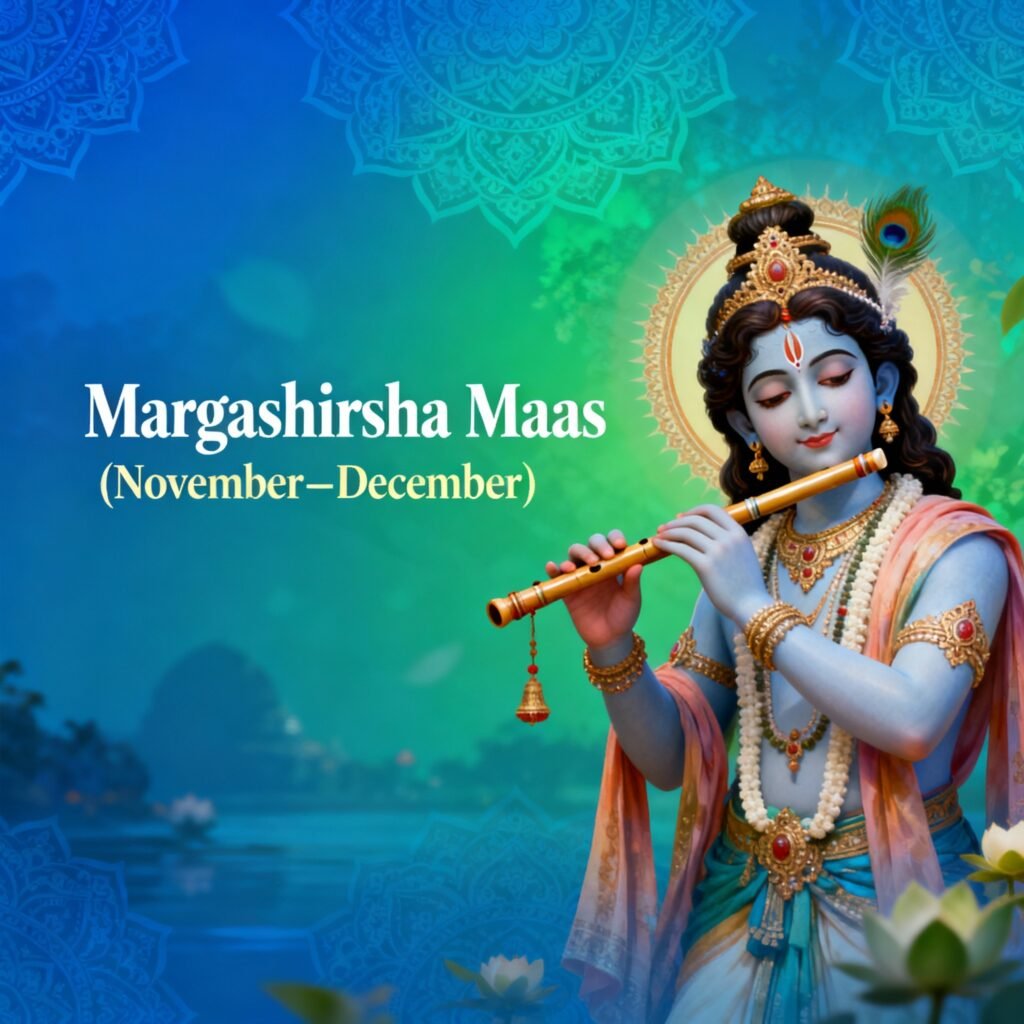
ЁЯМЩ Utpanna Ekadashi тАУ Krishna Paksha (Margashirsha Month)
Utpanna Ekadashi is one of the most significant and spiritually powerful Ekadashis in the Hindu calendar. It falls during the Krishna Paksha (waning phase of the moon) in the month of Margashirsha (NovemberтАУDecember).
This Ekadashi is celebrated as the first Ekadashi that originated from Ekadashi Devi, who manifested from Lord VishnuтАЩs divine energy to destroy evil and protect righteousness.
It marks the beginning of the Ekadashi fasting tradition, which is why it holds a very special place among all 24 (or 26) Ekadashis of the year.
ЁЯХЙя╕П Spiritual & Mythological Significance
According to the Bhavishya Purana and Padma Purana, long ago, a powerful demon named Murasura terrorized the gods. He resided in Chandravati Nagari and performed severe austerities to gain invincibility. When his tyranny grew unbearable, the Devas (gods) sought refuge in Lord Vishnu.
Lord Vishnu fought Mura for thousands of years. During the battle, the Lord entered a cave to rest for a moment. Seeing Him asleep, Mura tried to attack. Suddenly, from VishnuтАЩs divine energy, a radiant female warrior emerged тАФ a goddess glowing with celestial light. She battled and destroyed the demon instantly.
When Lord Vishnu awoke, He was pleased and named her тАЬEkadashi Devi,тАЭ saying:
тАЬYou were born on the eleventh day (Ekadashi) of the lunar fortnight. Whoever observes this day with devotion and fasting shall be freed from sins and attain My abode.тАЭ
Thus, Utpanna Ekadashi commemorates the birth of Ekadashi Devi, the divine energy of spiritual discipline, purity, and protection.
ЁЯМ╝ Importance of Utpanna Ekadashi
- Origin of Ekadashi Vrata: It marks the very first appearance of Ekadashi and the beginning of the Ekadashi fasting tradition.
- Freedom from Sins: Observing this fast destroys even the gravest of sins and purifies mind and soul.
- Victory of Dharma: Symbolizes the triumph of divine energy over demonic forces and ignorance.
- Ideal for Beginners: Those who have never observed an Ekadashi fast can begin their vow (vrata) from this day.
ЁЯкФ Rituals and Observances
1. Dashami (Day Before Ekadashi)
- Eat a light, saatvik meal before sunset.
- Avoid grains, onion, garlic, lentils, and heavy food.
- Clean your home and prepare your altar for worship.
2. Ekadashi Day (Main Fasting Day)
- Wake up before sunrise and take a holy bath, preferably in a river or with Ganga Jal.
- Set up an image or idol of Lord Vishnu or Shri Krishna.
- Offer flowers, Tulsi leaves, incense, lamp, and fruits.
- Chant Vishnu Sahasranama or Om Namo Bhagavate Vasudevaya.
- Keep a Nirjala fast (without water) if possible, or a Phalahar fast (only fruits and milk).
- Spend the day in prayer, bhajans, and spiritual study.
- Avoid anger, gossip, and indulgence.
- At night, stay awake in Jagaran, singing devotional songs and remembering Lord Vishnu.
3. Dwadashi (Breaking the Fast)
- Break the fast after sunrise and after offering prayers to Lord Vishnu.
- Feed Brahmins, devotees, or poor people.
- Donate food, clothes, or lamps.
ЁЯУЬ Scriptural Reference
In the Bhavishya Purana, Lord Krishna tells Arjuna:
тАЬO Arjuna, Utpanna Ekadashi is the destroyer of sins. By observing this fast, one attains the merit equal to performing a thousand Ashwamedha Yajnas. Whoever observes it faithfully attains My eternal abode.тАЭ
ЁЯМ║ Spiritual Meaning
Utpanna Ekadashi symbolizes the awakening of divine consciousness within us тАФ the birth of awareness that destroys ignorance and ego (represented by the demon Mura).
It teaches that through discipline, devotion, and purity, we can conquer negative tendencies and align with the divine will of Lord Vishnu.
тЬи Essence of Utpanna Ekadashi
Leads to freedom from karmic bondage and attainment of Moksha (liberation)
Birth of Ekadashi Devi, the Goddess of spiritual strength
First and foremost Ekadashi that began the sacred tradition of fasting
Day of renewal, purification, and devotion

ЁЯМЩ Mokshada Ekadashi тАУ Shukla Paksha (Margashirsha Month)
Mokshada Ekadashi is one of the most sacred and spiritually uplifting Ekadashis in the Hindu calendar. It occurs during the Shukla Paksha (waxing phase of the moon) in the month of Margashirsha (NovemberтАУDecember). This Ekadashi is highly revered as it bestows moksha (liberation) upon the soul and helps devotees attain freedom from the cycle of birth and death.
It is also believed that observing a fast on this day liberates the souls of ancestors who may be suffering in the afterlife, granting them peace and heavenly abode.
ЁЯХЙя╕П Spiritual & Mythological Significance
The significance of Mokshada Ekadashi is described in the Brahmanda Purana. The legend begins in the ancient kingdom of Champak Nagari, ruled by a wise and just king named Vaikhanasa. One night, the king had a troubling dream in which his late father appeared to him, suffering greatly in the realms of Yama (the god of death).
Distressed, the king sought guidance from his royal priest, who advised him to visit the Sage Parvata Muni, a great seer living in the Himalayas. The sage revealed that the kingтАЩs father was enduring punishment due to his past misdeeds, but there was a divine remedy тАФ observing the Mokshada Ekadashi Vrata with full devotion.
Following the sageтАЩs advice, the king and his family observed the fast and performed the rituals. Pleased by their devotion, Lord Vishnu granted liberation to the kingтАЩs father, freeing his soul from suffering.
Since that day, this Ekadashi has been celebrated as Mokshada Ekadashi, the sacred day that grants salvation and liberation.
ЁЯМ╝ Spiritual Importance
- Gateway to Liberation (Moksha): It is said that by observing this fast, one can attain the ultimate goal of human life тАФ liberation from the cycle of birth and death.
- Pitru Moksha: Performing this fast with intention for oneтАЩs ancestors helps release their souls from suffering.
- Remover of Sins: It cleanses the devotee of accumulated karma and past sins.
- Equivalent to Performing Thousands of Yajnas: Scriptures state that observing this Ekadashi brings the same merit as performing many great sacrifices.
ЁЯкФ Rituals and Observances
1. Dashami (Day Before Ekadashi)
- Eat a light sattvik meal before sunset.
- Avoid rice, lentils, onion, garlic, and grains.
- Prepare mentally and spiritually for fasting.
2. Ekadashi Day (Main Fast)
- Wake up before sunrise and take a purifying bath.
- Offer prayers to Lord Vishnu, especially in His Vaikuntha form.
- Decorate the altar with Tulsi leaves, flowers, lamp, and incense.
- Chant mantras such as тАЬOm Namo Bhagavate VasudevayaтАЭ or Vishnu Sahasranama.
- Observe Nirjala (without water) or Phalahar (fruits and milk) fast, according to capacity.
- Refrain from anger, gossip, and worldly distractions.
- Spend the day in bhajan, kirtan, and Vishnu worship.
3. Dwadashi (Breaking the Fast)
- Break the fast after sunrise and after offering prayers to Lord Vishnu.
- Feed Brahmins, devotees, or needy people and offer charity.
- Pray for the liberation of your ancestors if fasting for their moksha.
ЁЯУЬ Scriptural Reference
In the Brahmanda Purana, Lord Krishna explains to Yudhishthira:
тАЬO King, Mokshada Ekadashi is the destroyer of all sins. Observing this fast with devotion liberates not only the devotee but also their forefathers. It grants the highest abode тАФ Vaikuntha.тАЭ
ЁЯМ║ Spiritual Essence
The word Mokshada itself means тАЬthat which grants Moksha (liberation).тАЭ
This Ekadashi reminds us of the eternal truth тАФ that all worldly pleasures are temporary, but the soulтАЩs union with the Divine is everlasting.
It encourages us to lead a pure, disciplined, and selfless life, centered on devotion (bhakti) and detachment (vairagya).
тЬи Essence of Mokshada Ekadashi
A day for spiritual cleansing, charity, and divine remembrance
Symbol of divine liberation and peace
Bestows salvation for ancestors and oneself
Observing this Ekadashi helps attain Vaikuntha, the abode of Lord Vishnu
